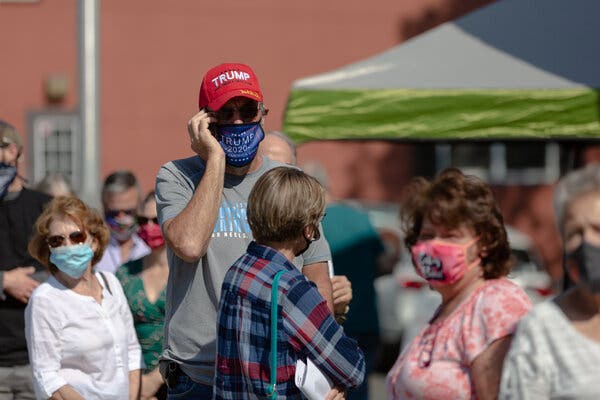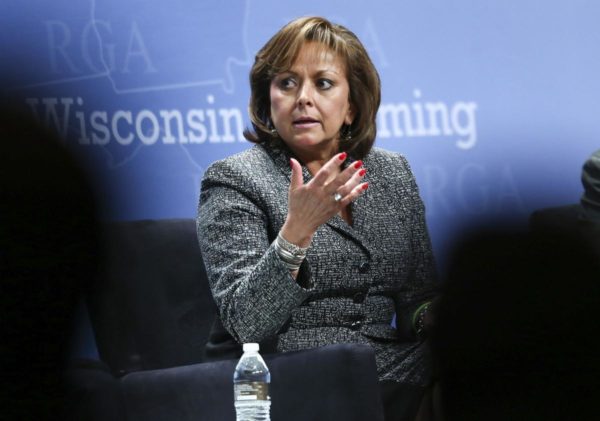Oregon lawmakers are negotiating specific campaign donation limits that would take hold if voters approve a ballot referendum next year to allow controls on political money.
While lawmakers have been working on a constitutional referral to send voters to permit such limits, the effort to create actual dollar limits is new. It didn’t begin until The Oregonian/OregonLive reported that lawmakers planned to erase the limits that voters approved in 2006, leaving it up to the Legislature or voters to come up with new limits sometime in the future.
A work group convened by Rep. Dan Rayfield, D-Corvallis, will meet for a second time on Friday to discuss possible dollar amounts. Proposals so far have run the gamut — from $5,000 increasing annually with inflation all the way down to $100.
A new analysis by The Oregonian/OregonLive shows that a limit of $100 on legislative races would dramatically reshape political campaigns in Oregon. The amount of cash would shrink, and individuals and small donors could replace Corporate America as the primary source of money.
Oregon is one of just five states in the nation with no controls on campaign donations, making it one of the biggest money states in American politics. A four-part investigation by The Oregonian/OregonLive showed the flood of money created an easy regulatory climate in which industry gets what it wants on environmental policy, again and again.
As lawmakers debate solutions, one thing is clear: The lower the proposed contribution limit, the more resistance it encounters in Salem.
Lawmakers don’t have to set limits. Voters in 2006 approved some of the nation’s most stringent controls. But they’ve lived in suspended animation ever since, awaiting a change to the Oregon Constitution to make them legal.
The voter referendum legislators drafted this year was written to preempt the 2006 limits of $500 for statewide races and $100 for legislative seats.
That means the beneficiaries of campaign cash are getting to decide anew on how much money they want to allow people, unions, businesses and interest groups to donate to their campaigns.
A spokeswoman for Gov. Kate Brown said the current cap in federal races, $2,800, is a good starting point for debate. That is nearly three times higher than Washington state allows in legislative races.
Rayfield said he wants to see lower limits, citing the $500 limit adopted by an overwhelming majority of Portland voters in 2018.
“I would like to get lower, but I also want to ensure we get something done,” Rayfield said. “Even if you got a limit of $2,000, that’s huge compared to where we are right now. You do that, and what does that impact long-term for policymaking in this state? That’s a pretty big deal.”
Sen. Jeff Golden, D-Ashland, chairman of the Senate Campaign Finance Committee, has proposed even lower limits: $300 for Oregon House races, $500 for Senate, $1,500 for statewide offices except governor, which would be $2,000.
Golden said he believes those are the lowest that limits could be set and withstand judicial scrutiny.
No one in the Legislature appears to have analyzed how much money is likely to be flushed out of the state’s political system with any of the different limits being discussed.
So The Oregonian/OregonLive did.
Using data from the National Institute on Money in Politics, the newsroom simulated the effects of changing the law.
If the donors who gave to 2018 legislative campaigns had been limited to $100 per candidate, a limit set under the 2006 ballot measure, 91 percent of the money raised would have disappeared.
Instead of raising $29 million, candidates would have gotten just $2.5 million, the analysis found.
By contrast, if Brown’s proposed $2,800 limit were in place in 2018, it would have cut 46 percent of the money raised by legislative candidates, the newsroom’s analysis shows.
If Oregon had put in place the same $1,000 limit as Washington and donors remained unchanged, nearly two-thirds of the money raised would have disappeared.
The newsroom’s analysis is imperfect. It simply cuts off existing contributions to 2018 campaigns at the amount of each limit. In reality, candidates almost certainly would expand their fundraising appeals if contribution levels were capped. Donor behavior would change as well.
That’s what happened in 1996, when Oregon halted corporate and union donations and limited individuals to giving $100 per legislative candidate. The number of individuals contributing nearly doubled from the previous cycle, data from the National Institute on Money in Politics show. Still, total fundraising fell by about two-thirds.
The newsroom’s analysis also shows the dollar amount lawmakers choose for a contribution limit is likely to change the donor mix.
Currently, corporations and industry groups are by far the leading source of campaign money for Oregon lawmakers.
The lower the limit goes, the more it empowers small, individual donors. Individuals and small, unnamed donors would have been the biggest source of political fundraising in 2018 under a $100 limit, providing 60 percent of the money legislative candidates raised.
In the last election cycle, only 15 percent of legislative campaign cash came from individuals and small contributions.
Unions and corporate interests, meanwhile, would play a smaller role at a limit of $100. Donations from businesses and industry groups would comprise less than a third of all money candidates collect (down from more than 41 percent in 2018). Contributions from labor unions would make up 4 percent (down from 13 percent).
Any limit would reduce the total amount given by corporate interests. But shrinking business’ share of fundraising would likely require a contribution limit of $300 or less, the analysis found.
That is largely because higher contribution limits would deal a bigger blow to another major funding source — party leadership committees — than to business donors. Business’ share would grow unless contribution limits are relatively low.
Since 2013, Democrats have held control of both chambers of the Oregon Legislature, as well as the governor’s office. Democrats received 58 percent of the money given to legislative campaigns last year.
The newsroom’s analysis found that any restrictions would likely hit Republicans harder than Democrats. The tighter the limit, the bigger the edge it would offer Democrats, the analysis showed.
While donations from a key Democratic constituency, labor unions, would plummet, other Democratic funders would give the party an advantage under contribution limits, the newsroom’s analysis found.
Businesses and individuals who back Democrats tend to write small checks. The GOP’s reliance on big donations, meanwhile, makes the party vulnerable to caps on how much each donor can give.
Setting a relatively permissive cap, $5,000, would have kept the Democratic fundraising edge close to what it was in 2018. It also would have eliminated only a little more than a third of the money raised.
In the 2018 governor’s race, the most expensive in Oregon’s history, a $100 limit would have had the same impact on overall fundraising as in the Legislature. More than 90 percent of the nearly $40 million that Brown and GOP challenger Knute Buehler raised would go away.
But unlike in legislative races, the partisan advantage for the Democrat, Brown, would have grown only marginally.
The Legislature is still waiting to send a ballot measure to voters to make the creation of contribution limits legal under the state constitution.
The measure, Senate Joint Resolution 18, advanced out of the Senate Committee on Campaign Finance March 27 with a 3-2 party line vote and now sits in the Senate Rules Committee.
Sen. Ginny Burdick, D-Portland, the rules committee chairwoman, said through a spokesman that she is “extremely committed” to referring the ballot initiative to voters.
— Rob Davis and Steve Suo
503.294.7657; @robwdavis
Visit subscription.oregonlive.com/newsletters to get Oregonian/OregonLive journalism delivered to your email inbox.



